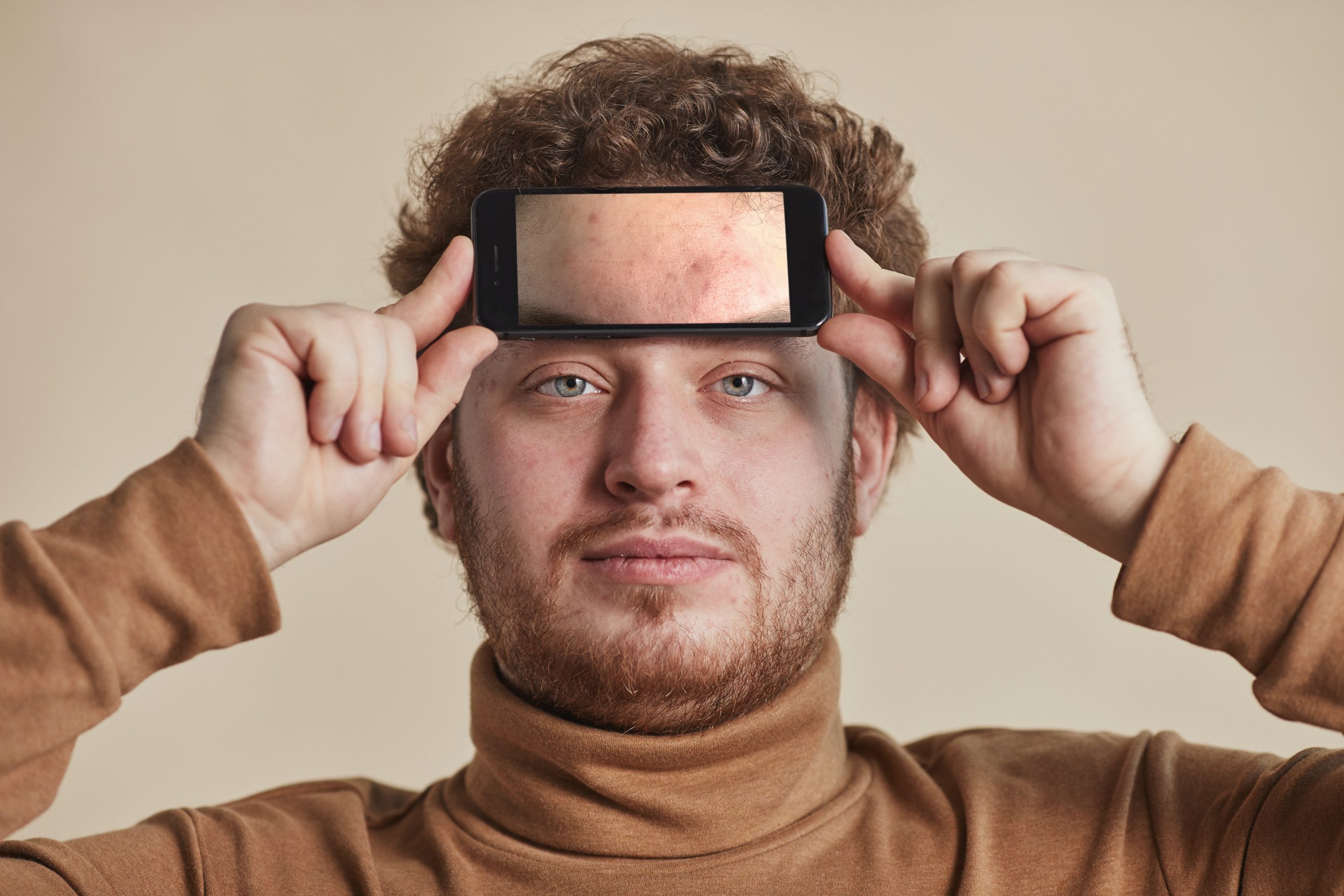The first thing we do to reduce pain of any sort is to bump into OTCs and pain-relieving medicines, while some also look for other options, such as steroids. Such types of medicines and even steroids provide temporary relief from chronic pain by suppressing the body’s immune system. However, the medication makes the body more prone to infection.
Arachnoiditis is a back pain disorder that severely impacts the spinal cord and the nerves around it. This inflammatory condition either stays the same throughout life or gets worse gradually. Finding relief from Arachnoiditis through pain-relieving medicine is temporary. If you want to get rid of the pain and swelling for longer, you may consider physical therapy as an effective and long-term solution.
In this blog post, we have explained how physical therapy is effective in treating Arachnoiditis and how it is effective in providing better health.
What is Arachnoiditis?

Arachnoiditis is caused by inflammation in the arachnoid membrane that protects the spinal cord’s nerves. It’s a rare disorder that causes several neurological disorders and affects the nerves in the lower and middle back most commonly. It is quite complicated to diagnose the condition as the symptoms are not always visible. Arachnoiditis sometimes stays the same, while the condition progressively elevates in some people.
Let’s discuss the arachnoid to understand how Arachnoiditis actually stimulates. The arachnoid mater is the middle layer between the dura mater and the pia mater, and together, these layers protect the spinal cord and the human brain. In certain conditions, the arachnoid layer gets inflamed along with the spinal cord, which stimulates the condition of arachnoiditis. As a result, the thickening of the membrane, along with other possible outcomes, occur, such as collagen buildup, nerve damage, improper blood supply to the nerves, etc. These symptoms lead to excruciating pain, especially in the back, and in severe cases, it may even cause sensory problems.
Symptoms of Arachnoiditis
The symptoms of Arachnoiditis are not the same in every individual, and the symptoms vary depending on the part of the affected spinal nerve. Since Arachnoiditis usually affects the nerves of the lower back, it triggers back pain more often. Some of the common symptoms of Arachnoiditis are:
- Tingling sensation in the legs
- Feelings of insect crawling on the skin
- Difficulty in sitting or walking normally
- Muscle cramps
- Bowel dysfunction
- Vaginal dryness
Diagnosis of Arachnoiditis

If you find excruciating back pain that limits your movements, you should consult your healthcare provider for the diagnosis. The tests that are performed to diagnose this disorder are:
CT Myelogram
CT or Computed Tomography myelogram determines the association between spinal cord discs and vertebrae to see if there are any signs of Arachnoiditis.
Lumbar Puncture
During this testing procedure, a small puncture in the spinal cord is performed with a tiny needle to see if any infection in the spinal fluid is causing Arachnoiditis.
Electromyogram
The healthcare provider uses the electrical impulses to determine the severity of the nerve root damage.
MRI
Magnetic Resonance Imaging, most commonly known as MRI, is performed to see the internal organs’ images using radio waves. Detailed and clear images are produced to see if the nerve membranes are thickened or if there are other signs of Arachnoiditis.
Holistic Approach for Treating Arachnoiditis with Physical Therapy

Physical therapy is a long-term solution to back pain that is also safe without any side effects. If you don’t want your chronic back pain to be treated through OTCs, you should consult a physical therapist to determine the underlying causes and the pain management plan. Physical therapy has several other benefits beyond just making you feel better. This type of care can help you avoid the negative effects of both prescription and over-the-counter medications by giving you non-pharmaceutical pain management techniques.
Even better, by treating the underlying causes of your symptoms, you’re going beyond just temporarily dulling them. The temporary settlement of the relief is not the ultimate solution, but your preference should be to seek real ways to combat the pain.
Some of the popular plans that your physical therapist might include in your pain management plan are:
- A plan combining cryotherapy and heat therapy for soothing pain
- Electrical nerve stimulation to reduce pain
- Cold laser therapy for better blood flow and minimized inflammation
- Chiropractic adjustments for better movements of joints
- Aerobic exercises for better joint movements
- Resistance training exercise for muscle strengthening
- Brain rewiring for developing a different perspective on the pain
Bottom Line
Chronic back pain is never easy to deal with. As arachnoiditis can impact your mental and physical well-being, it is important to take timely measures by seeking physical therapy after consultation. Getting the right care for yourself is critical if you don’t want to limit your routine activities. Make sure the medical professional you choose has experience treating arachnoiditis. They can assist you in choosing the course of action that will help you combat your symptoms.

John Davis is a passionate content writer with a knack for crafting engaging narratives across various subjects. With a keen eye for detail and a love for storytelling, John brings ideas to life through the power of words. His dedication to delivering high-quality and informative content has made him a trusted voice in the digital realm. When he’s not at his desk, you’ll find John exploring new hobbies and seeking inspiration in the world around him.






Loading…